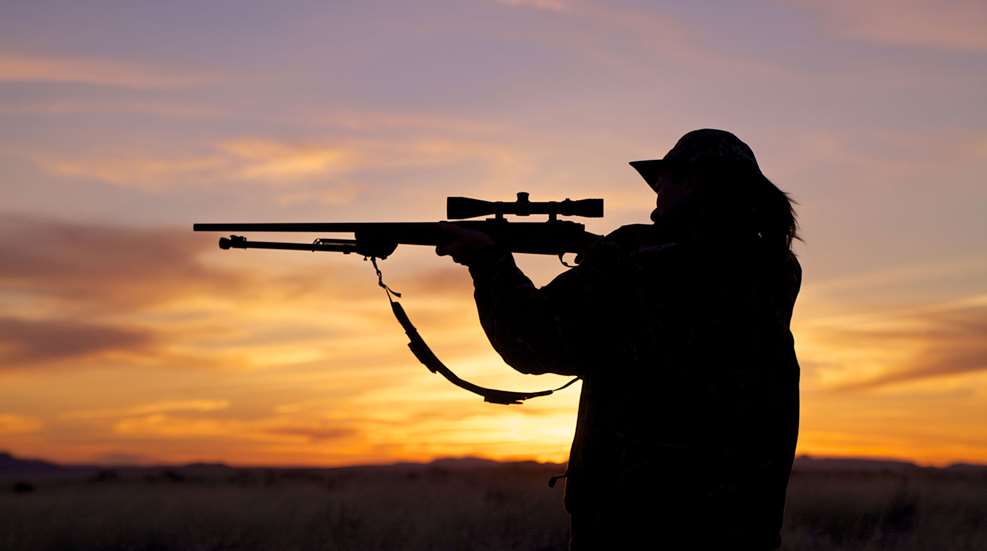The world of hunting and rifle shooting is rich with variables and nuances that can impact the success and efficiency of a hunt. Among these, the weight and shape of a bullet play pivotal roles in hunting rifle performance. Understanding these factors is crucial for hunters and shooting enthusiasts who seek to optimize their equipment for specific hunting scenarios. Here, we delve into the intricacies of bullet weight and shape, exploring how they influence the flight, accuracy, and terminal performance of a bullet.

Bullet Weight: A Balancing Act
Bullet weight, measured in grains, is a fundamental factor in the performance of a hunting rifle. It affects the trajectory, velocity, energy, and recoil of the bullet. Lighter bullets tend to have higher velocities and flatter trajectories, making them suitable for long-range shooting. They are often preferred for hunting smaller game, where precision and minimal damage to the meat are priorities.
Conversely, heavier bullets, due to their greater mass, retain energy better over long distances and are less affected by wind drift. This makes them ideal for larger game, where deep penetration and high terminal energy are necessary to ensure a humane and efficient kill. However, heavier bullets typically have a more pronounced trajectory drop, requiring careful calculation of bullet drop at longer ranges.
Bullet Shape: Aerodynamics and Stability
The shape of a bullet, or its ballistic coefficient, significantly influences its flight behavior. The ballistic coefficient is a measure of a bullet’s ability to overcome air resistance in flight. Bullets with a high ballistic coefficient are typically more aerodynamic, maintaining velocity and energy over longer distances. This is particularly important in hunting, as a stable and fast bullet increases the likelihood of a clean, ethical kill.
Spitzer bullets, with their pointed tips, are a popular choice among hunters. Their design reduces air resistance, allowing for a flatter trajectory and more retained energy at longer ranges. Hollow point and soft point bullets, while not as aerodynamic, are designed to expand upon impact, creating larger wound channels, which is vital for quickly incapacitating game.
Tailoring Bullet Choice to Hunting Conditions
Choosing the right bullet for hunting involves considering the game size, range, and environmental conditions. For instance, hunting in dense forests or brush may require bullets with a heavier weight and a design that resists deflection by twigs or leaves, like those commonly found in 30-06 ammo. In contrast, open field hunting might benefit from lighter, more aerodynamic bullets that can reach distant targets with minimal drop and wind drift.
Moreover, ethical considerations in hunting dictate the choice of bullet. The goal is to achieve a clean, humane kill. This requires bullets that can deliver sufficient terminal performance – the ability of the bullet to incapacitate the game efficiently upon impact. Balancing the need for penetration (to reach vital organs) with the need to avoid over-penetration (which can lead to unnecessary suffering or collateral damage) is key.
Impact of Rifle Caliber and Bullet Selection
The rifle caliber also plays a crucial role in bullet performance. Different calibers are designed for different types of game and hunting scenarios. For instance, a .22 caliber rifle is often used for small game hunting due to its light recoil and the small size of the bullet, while a .308 caliber rifle is more suited for larger game due to its higher power and longer effective range.
The compatibility of bullet weight and shape with the chosen rifle caliber is crucial. Using a bullet that is too light or heavy for a given caliber can adversely affect accuracy and terminal performance. Additionally, the rifling twist rate of the rifle barrel must be appropriate for the bullet’s weight and shape to ensure proper stabilization and accuracy.
Technological Advancements and Bullet Design
Advancements in technology and materials have led to the development of more sophisticated bullet designs. These designs aim to optimize aerodynamics, terminal performance, and environmental safety. For example, lead-free bullets made from copper or other materials are gaining popularity due to their environmental benefits and consistent performance.
Ballistic software and apps have also become invaluable tools for hunters. These tools help in calculating the optimal bullet choice and shooting parameters based on the hunting scenario, enhancing the overall effectiveness and safety of the hunt.
Conclusion:
In conclusion, the weight and shape of a bullet are critical factors in hunting rifle performance. They dictate the trajectory, accuracy, and terminal effectiveness of a bullet, directly impacting the success and ethical considerations of a hunt. Hunters must consider these aspects, along with the specific hunting environment and game, to select the most suitable ammunition. With technological advancements continuing to refine bullet design and performance, the future of hunting and shooting looks poised for even greater precision and sustainability.